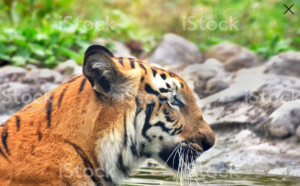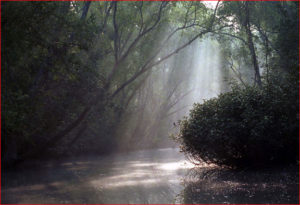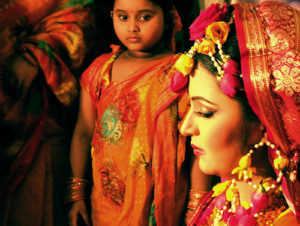Bangladeshis are essentially simple in nature. Since time immemorial they are noted for their valour and resilience as well as hospitality and friendliness. Bangladeshis are also equally known for their creativity. They have an innate quality of open mindedness
 Beautiful Royal Bengal Tiger , Panthera Tigris, bathing in water. It is largest cat species and endangered , only found in Sundarban mangrove forest of India and Bangladesh.
Beautiful Royal Bengal Tiger , Panthera Tigris, bathing in water. It is largest cat species and endangered , only found in Sundarban mangrove forest of India and Bangladesh.
Bangladesh contains greater biodiversity than that of many countries taken together. Indeed few countries in the world can match its rich and varied flora and fauna which are not only aunique biological phenomenon but are also a great natural resource of the country.
Bangladeshis are historically descendants of various races and nationalities. An Austro-Asian race first inhabited this region followed by Dravidians and Aryans. There was also an influx of the Mongolians from Tibet and Mayanmar. The Arab Muslims started coming here in the early ninth century AD. Persians, Armenians, Turks, Afghans and lastly the Mughals came in quick succession.

Bangladeshi women are traditionally adored for their charm, beauty and elegance. They are now increasingly adapting themselves to changing needs of time; working shoulder to shoulder with the men-folk in fields, factories and offices. In fact, they can be found in all professions and there is no exclusive male domain. Agriculture and its related fields still provide the main livelihood of the people. The expanding industrial and service sectors together with trade and commerce offer increasing alternate occupations for the people.

There are about a million, mostly Mongoloid origin, tribal people, the majority of whom live in Hill Tracts districts. They zealously guard their customs, traditions and cultural heritage which are quite distinct from one another and, till to date, largely remain unspoilt. For their living, they mainly depend on traditional cultivation called jhum and cottage craft in which they greatly excel.
